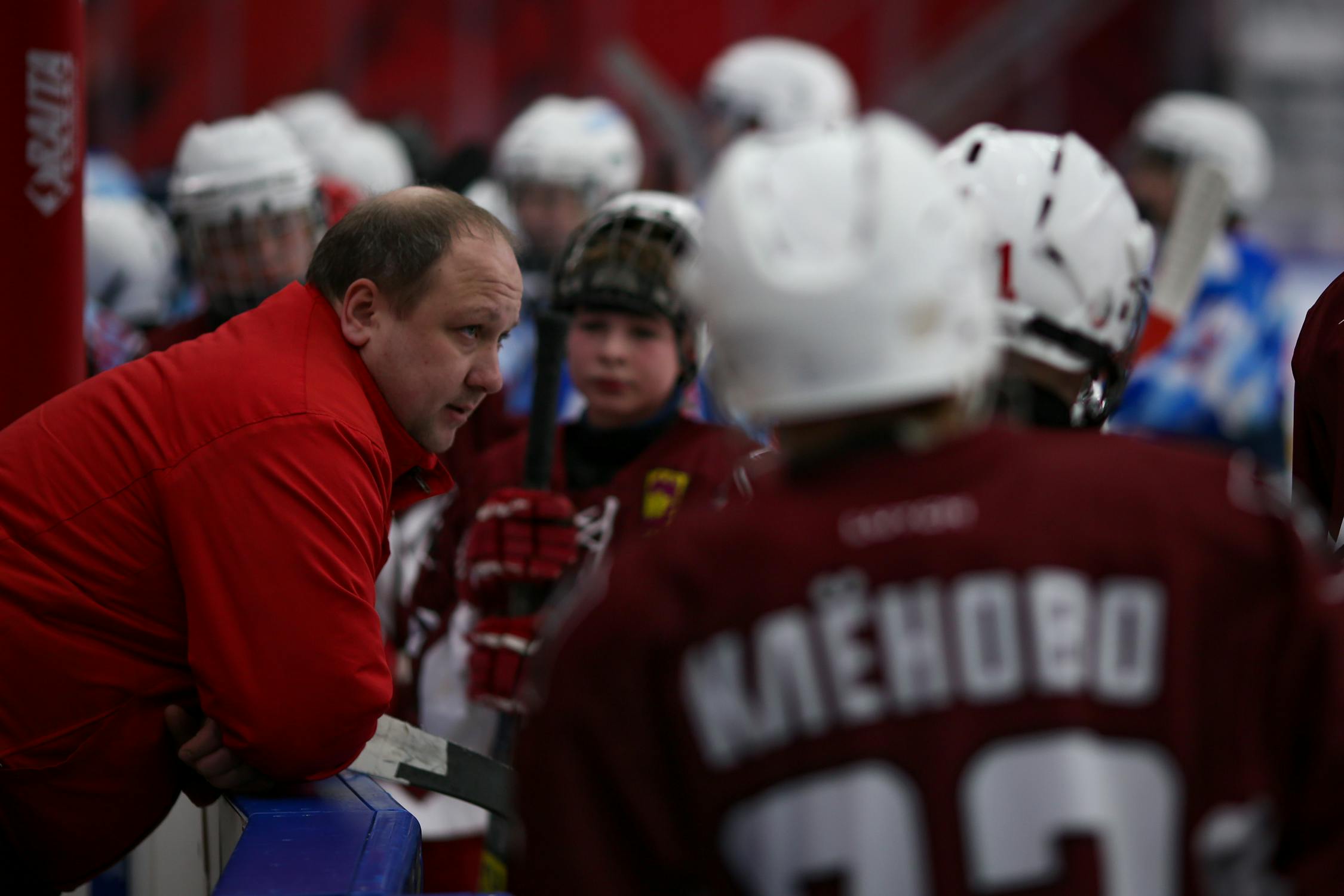Psycho-Motoric Skills
Apart from physical fitness, strong technique and good mental ability, a football player also needs developed psycho-motoric skills, meaning attention and concentration abilities, multi-tasking, implied perception (ability to perceive in advance), space orientation, information processing (input-output) pace, motoric memory and the like.
In order to illustrate this matter, let us look into the process of information processing and performance of Barcelona’s midfielder, Chavi Hernandez, from the point of receiving the ball to its release- the moment of the pass:
A. Identifying an open space in the direction of a passing angle and moving into it.
B. Realizing that the ball is being passed towards him.
C. Moving his look away from the ball and screening his surroundings.
D. Pointing his look at the ball, while it is half underway, anticipating where it is heading to and its strength in the moment of absorption.
E. Receiving the ball (Almost blind absorption), while taking a look at the surrounding area and estimating potential moves.
F. Passing the ball with supreme accuracy to his teammate or towards an open space, where a teammate is moving to.
Now we can better understand Chavi’s sentence in an interview: “When you arrive in Barcelona as a child, the first thing that you are taught is: think, think, think and fast. From the age of ten you are taught that it is a shame to lose the ball.”
Chavi actually speaks about the brain and thinking functions during physical effort, or in simpler words about training the brain.
In his book “A User’s Guide to the Brain” (Zmora-Bitan Publishers 2005), Dr. John Ratey, Neuro-Psychiatrist from Harvard Medical School, concentrates influential insights with respect to the training perception of athletes:
“Imagine what happens inside your head when you have to make a decision. You receive information from the different brain functions: facts, opinions, thoughts, memories and predicting outcomes. You arrange the fractions of information, add reason test possible results and instruct a response. Phases of this process are based on motorial functions, organizing by sequence, adding analyzing and instructing, the neural networks that work within those processes are those that work in motorial processes”. He further emphasizes that: “parts of the brain that are used to organize sequences and timing of cognitive function are the same parts that organize a sequence and timing of physical actions”
These kinds of insights are applicable in an effective manner using psycho-motoric training, which is customized to a player individually. In other words: Since it is possible to train a football player and improve his physical fitness, technique and coordination and, as already known, it is possible to train a chess player to improve his decision making skills, then why won’t we able to train both at the same time?
The talent Potential
Players who are blessed with a god-given talent, like Pele, Johan Cruyff, Maradona, Messi, etc. are also endowed with very rare psycho-motoric skills. One of their distinctive qualities is their ability to think and take the right decision in motion. Taking Eyal Berkovitz as an example, the unique quality which made him such a good player is his ability to pass (that is, to process information pertaining to space) during constant movement, without taking negative effect on the game’s fluency. This kind of skill may sometimes make the difference between good players and very good players and between excellent players to those who are recognized as geniuses.
Coaches use to say that you cannot teach talent. Either you have it or you don’t.
This is true, but think how many talented football players work hard and still are not able to utilize their talent potential to the fullest?
A football player, who has a tendency for “attention lapses” (‘disconnections’) may perform critical mistakes out of momentary lack of attention, no matter how talented he may be. Motivation alone or hard training will not spare the distress from the player and coach. We are talking about a neurological pattern, which the player has hardly any effect on. The first step towards the solution of this problem is the development of consciousness and awareness of these “disconnections” and the second step is a pinpoint interference/ training dedicated to attention. A football player’s attention and concentration skills have also an effect on the amount of mental effort that he invests for keeping up his concentration along the game.
Obviously physical fitness has an effect on this issue, but even if we start out from the assumption that the player has an adequate physical fitness, symptoms of mental fatigue will often be noticeable. When a player performs very well on the first half and totally disappears from field on the second half, this cannot always be attributed to his physical fitness. Players that performed psycho-motoric training for several months have reported not only of improvement and better focus in the game, but also of their feeling “fresh” for longer time. This does not come as a surprise. The human brain reacts to training to the same extent that the body muscles react to training.
Coachers often complain about players who do not pass the ball, when this appears from the coacher’s side to be the best and simplest option. Consequently the coach blames the player with being egoistic. This may well be the case, but in some cases this situation is caused by the player seeing the movement, but not processing the spatial information. More than once this is the same player, who was “reading” the field and made excellent passes during the first half.
This phenomenon has simple explanation: The attentive and physical effort, which the player needs to invest in this stage of the game “locks” the ability in his mind to anticipate moves and “read” the field. We know that in a certain stage of the game the first skills to be degraded are the highest skills of the brain, meaning: Vision of the game field, anticipating moves and decision making. In that stage we (coach, players, fans) do the same mistake and ask the single question, which the player cannot answer- Why didn’t you pass the ball?
Psycho-Motoric Training
Attention and concentration difficulties do not result from malfunctioning of one area or another, but from deficient balance of the system as a whole. Scientists identified four different components in the attention system, which are responsible altogether for the brain’s general capability to inspect its surroundings: arousal, motorial orientation, detection of innovations and rewards and operational organization. These components do not operate separately from one another or in a way that is not connected to motoric activity. This stands behind the rational and necessity for a combined training: motoric, attentive and cognitive.
Example:
A player is passing the ball to another player standing 4.5 meters in front of him and at the same time receives from the later a tennis ball thrown to his hand. They both exchange ball passes and throws. I stand behind a player and ask him to find the exact point of time (timing) between passing the ball by foot and catching the tennis ball by hand, which will make it possible for him to turn to his back and specify the number of fingers, which I am “flashing” to him. Of course that the motoric activities, the quality of the pass, catching and passing the tennis ball are regarded as first priority. If the player fails to divert his look at the right time, he has to restrain the impulse (Impulsiveness restraint), let go and give up (decision making under moderate pressure) turning his head backwards, so as not to degrade the quality of his passes. In a more advanced stage of the training, I will ask the player to apply an addition operation on the number of fingers shown in two consecutive flashes (information processing, input-output).
The more the player’s skills improve, the more it is possible to increase the exercise’s level of complexity. By the time I feel that the player has achieved a good level of performance and is doing it effortlessly, I will ask him to make his pulse rise to a game’s level and then repeat the exercise. Later on he will be asked to perform the exercise in a state of fatigue.
When a player has reached the point where he accomplishes complex attentive and sensual motorial challenges without extra effort and with fluency, I will include in the exercises cognitive challenges which require: spatial memory, pulling out of information, planning, imagination, etc. This is the way to train a player to think faster, with better focus and improve his decision making in the game.
Ratey writes in his book “A User’s Guide to the Brain” (Zmora-Bitan Publishers 2005):
“The amazing flexibility of the human brain enables it to rewire itself all the time and to learn – Not only by means of academic study, but also through experience, thinking, action and sensation. We can strengthen our neurological paths, as well as our muscles by training the brain or else let them degenerate. The principle is the same: “What is not used gets lost!”
Example
The player walks in a course which goes along the number 8 shape and focuses his view in the coach who stands in front of him, in the middle of the 8 shape.
From there the coach passes him 3 juggling balls in different colours. Now the player starts walking and focuses his view in the balls coming to him rapidly. He is catching at one hand and passing the ball back by the other hand in a circular movement.
In this stage the training is motorial, sensual and attentive only.
When the coach passes the ball, he names a colour, which sometimes matches to the colour of the ball and sometimes not. The player needs to go on with the required sequence of actions and respond by saying “yes” whenever the ball colour matches to what the coach had said and saying “no” whenever the colour does not match to what the coach had said (of course that the coach controls the pace of passing and therefore the exercise’s intensity). Now the training has become two-fold: motorial, sensual, attentive and cognitive. The player is required not only to observe whether the verbal part fits or differs from the ongoing activity (information processing), he also has to keep doing this over time and under pressure.
The psycho-motoric training is divided to general training, which fits to every kind of sports and to specific training, which is adjusted to the specific nature of a certain sports field and in cases of group sports also adjusted to the role of the player in the team. Each of the above training categories is exercised under multiple conditions:
A. Regular, while the player is still fresh.
B. Intensive, during effort (after getting the pulse rise)
C. Under fatigue conditions.
The training conditions are changed in order to train the brain to maximal flexibility and simulate as much as possible real situations from the game. The training also includes working on right breathing in various situations, simulations and “anchoring exercises'”, which help with concentration and speedier recovery after effort. Eventually all training activity is intended to fulfill the bottom line that was expressed by Johan Cruiff: “The finest football is simple football; but simple football is the most difficult to play”. And yes, you play football with your mind.







